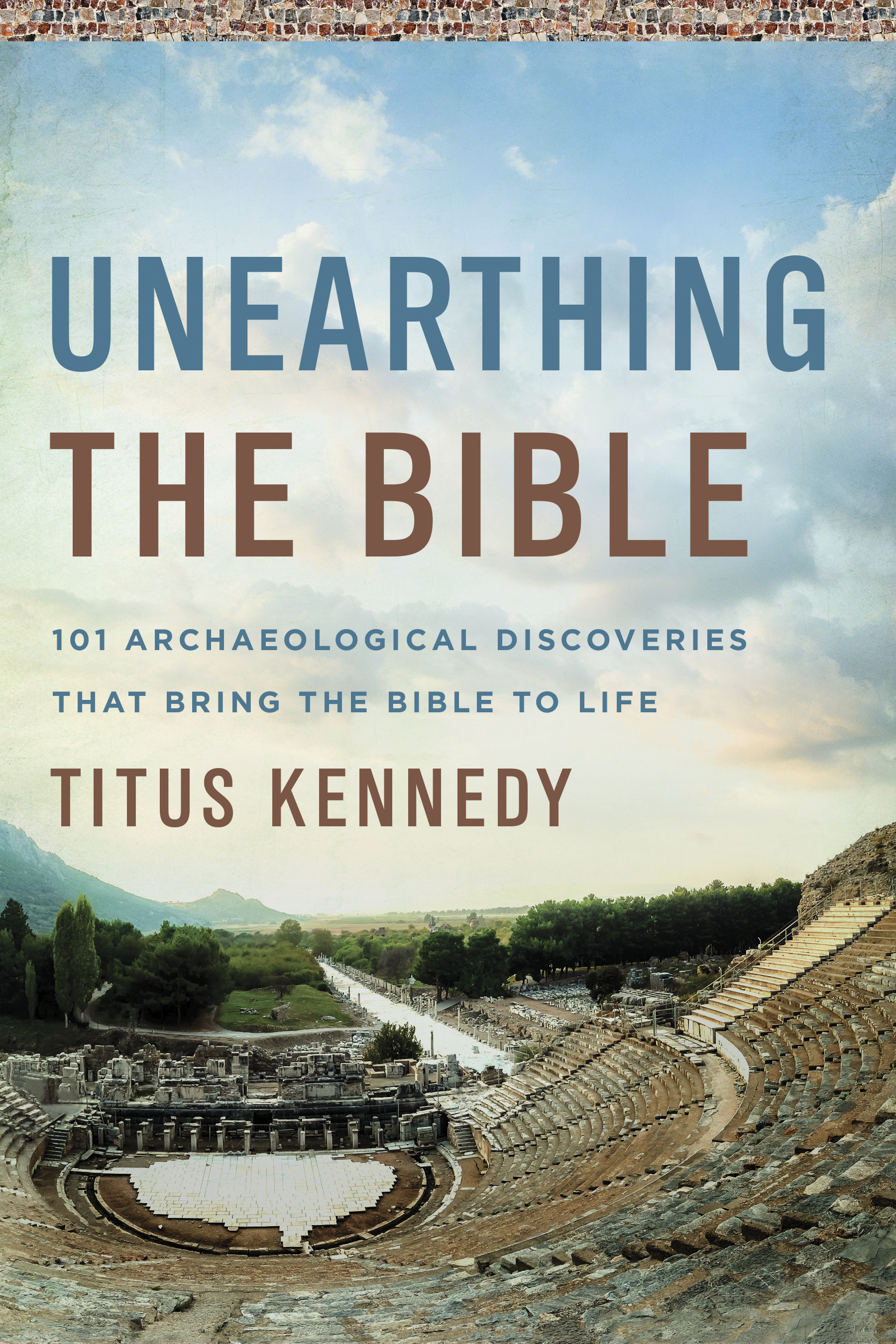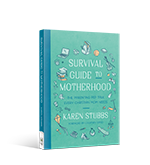
Sign Up for Updates
Connect
TOPICS
- Latest Blog
- Fiction
- Inspirational/Devotional
- Men's Christian Living
- Prophecy
- Women's Christian Living
- View All
ARCHIVES
How Can Archaeology Shape Our Understanding of the Bible?
Posted on Feb 18, 2021 Topic : Men's Christian Living, Prophecy, Women's Christian Living
Posted by : Titus Kennedy

Artifacts left behind from the vanished, ancient world of the Bible have been found and recovered through archaeology. What is an artifact? In simple terms, an artifact is an ancient object made or modified by humans, and many have been recovered through archaeology over the years, showcasing the artistic and technological prowess of the ancients. But more importantly, artifacts tell stories of the past. They serve as both visual and informational aids that provide insight into that ancient context and towards an accurate understanding and interpretation.
The Bible is a collection of books written millennia ago in places and cultures far removed from modern readers, but artifacts can give us essential knowledge of the ancient world and help us avoid the problem of unconsciously or inadvertently viewing a passage or book in the context of a modern society and time.
Because the Bible contains stories from the ancient world, written in a style different than the method of modern historians and paired with theology, many have assumed that the narratives in the Bible are myth, legend, and propaganda instead of accurate history. In fact, the majority of scholars, most media and educational sources, and many in the general public regard the Bible as fairy tale and frequently portray it as unimportant or irrelevant beyond literary and religious studies.For years, the Bible has been routinely attacked and disregarded on the basis of history or archaeology.
And yet when people look into what archaeologists have unearthed, a different story comes to light, showing that instead of fiction and fairy tales, archaeology indicates that the Bible preserves an accurate recounting of the history addressed in its pages. Specifically, hundreds of artifacts from the distant past have demonstrated the events, people, and places in the Bible to be historical.
The goal of my book, Unearthing the Bible, is twofold—to provide a resource with quality photographs and information about archaeological artifacts that illuminate the story and context of the Bible for a more thorough and accurate understanding of the Scriptures, and to demonstrate how artifacts also confirm the historical reliability of passages in the Bible.
I have been interested in history and art as long as I can remember, and walking through museums and seeing archaeological artifacts always gives me a sense of mystery, admiration, and wonder. These remnants of a culture or person from so many centuries ago, often long forgotten, can preserve and communicate important information and ideas beyond the written word of a history book, and add dimension and depth to the ancient writings.
In writing Unearthing the Bible, I chose an assortment of the most important and interesting artifacts that not only contextualized various time periods of biblical history, but also demonstrated that archaeological remains are connected to and provide historical support for the books of the Bible ranging from Genesis to Revelation, covering over 3,000 years of history with artifacts from multiple regions of the ancient world. And the degree of historical corroboration between the Bible and the artifacts that have been discovered over the last 150 years is startling, surpassing previous expectations and estimates, and continuing to astonish.

Read more in Unearthing the Bible by Titus Kennedy

